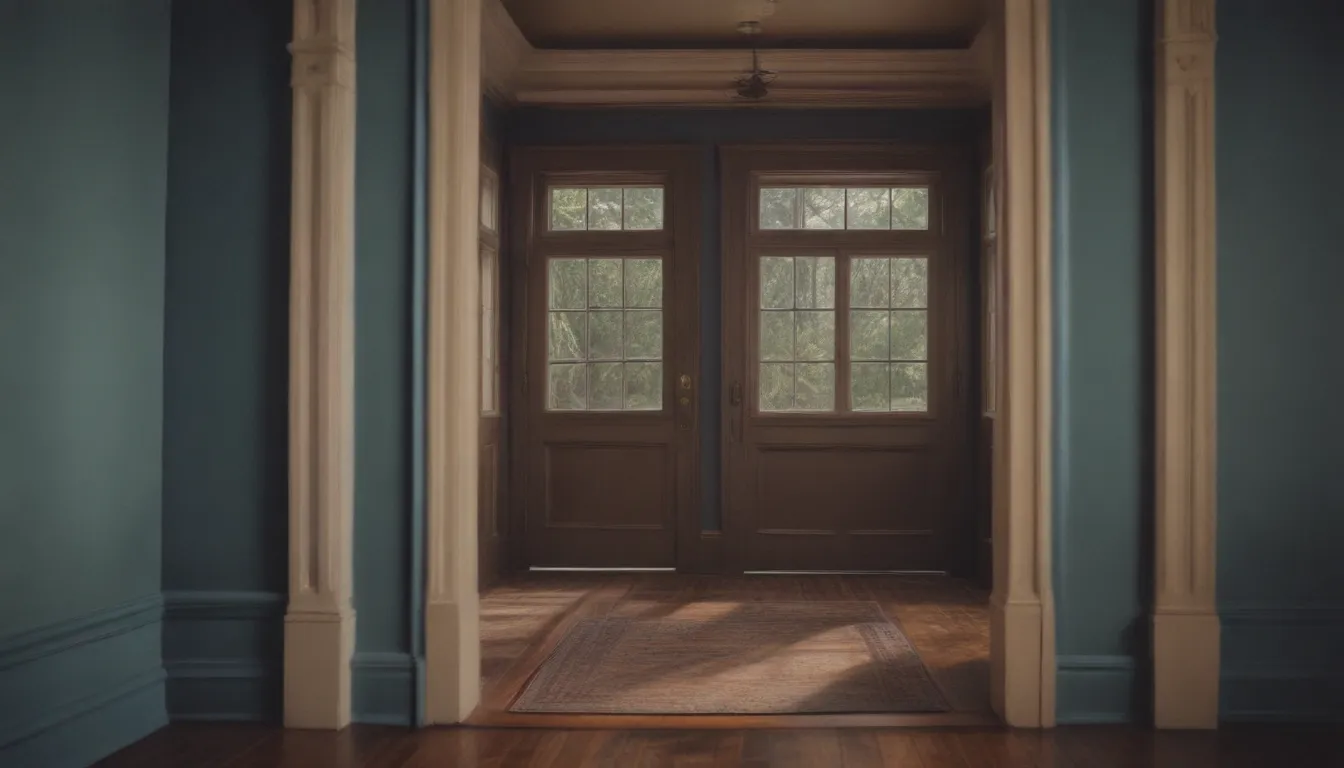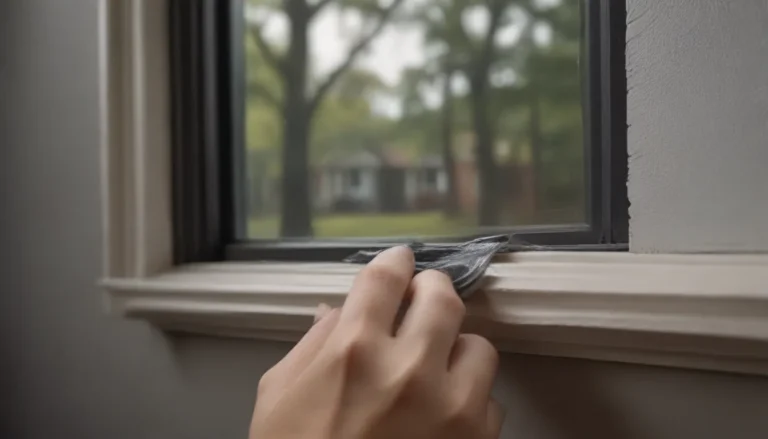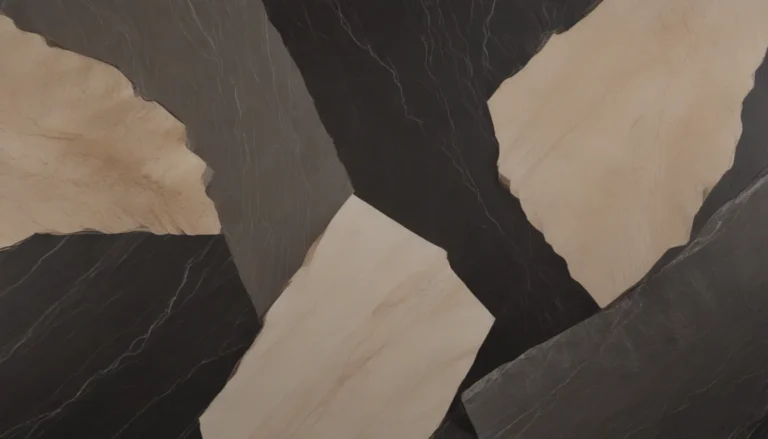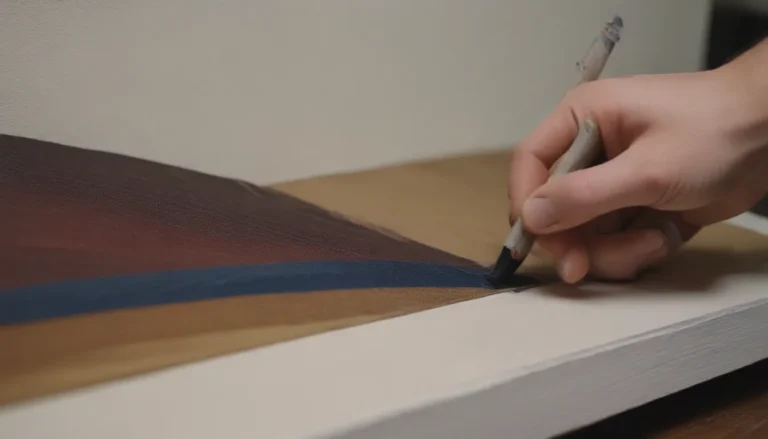The Ultimate Guide to Using Trim Paint for Windows, Doors, and Baseboards

Trim paint is like the jewelry of your home’s interior; it adds that extra touch of color and finish that completes the overall look of a room. While walls and ceilings may be the main attraction, the trim plays a crucial role in tying everything together. From protecting surfaces to enhancing the visual appeal, painted trim makes a significant impact on the overall aesthetic of a space.
If you’re looking to spruce up your home by painting the trim around windows, doors, or baseboards, this guide is for you. Whether you’re a seasoned DIYer or a beginner looking to tackle a new project, we’ve got you covered with valuable information and expert tips to help you achieve professional-looking results.
Why Use Trim Paint
While you may be tempted to use regular wall paint on your trim, opting for paint specifically formulated for trim offers numerous advantages. Trim paint is designed to withstand the wear-and-tear that trim surfaces often endure, providing a durable finish that maintains its appearance over time. Here are some key features of trim paint that set it apart from regular wall paint:
- Self-Leveling: Trim paint is formulated to smooth out brush strokes, leaving behind a flawless finish.
- Glossy Finish: Most trim paints have a semi-gloss sheen that adds a subtle shine to trim surfaces, enhancing their appearance.
- Sag Resistance: Trim paint is thicker than regular wall paint to prevent sagging and ensure an even application.
- Non-Yellowing Properties: Certain trim paints are specially formulated to resist yellowing, making them ideal for areas exposed to sunlight.
Types of Trim Paint
Trim paint comes in two main varieties: oil-based and acrylic-latex. Each type has its own set of benefits and considerations that you should be aware of before choosing the right paint for your project.
Alkyd/Oil Based
- Benefits: Oil-based trim paint offers a superior finish with minimal brush marks and excellent durability.
- Considerations: Slow drying times, strong fumes, and solvent-based cleanup may be drawbacks for some users.
Acrylic Latex or Enamel
- Benefits: Water-based trim paint provides an easy cleanup with minimal fumes, making it a convenient choice for DIY projects.
- Considerations: Brush marks may be more visible compared to oil-based paint, and the finish may not be as durable.
Trim Color Options
While white is a classic choice for trim, there are endless possibilities when it comes to selecting a color that complements your space. Here are a few ideas to inspire your trim color selection:
- White Trim: A timeless and versatile option that pairs well with any wall color.
- Matching Trim: Painting the trim the same color as the walls creates a cohesive, modern look.
- Black Trim: For a bold and contemporary touch, consider painting your trim black for a striking contrast.
- Bright Trim: Inject personality into your space by choosing a vibrant color for your trim to create a playful and unique aesthetic.
Tips for Painting Trim
To ensure a professional-looking finish when painting trim, it’s essential to follow these tips:
- Prepare the Surface: Clean and sand the trim before painting to ensure proper adhesion.
- Use the Right Tools: Choose high-quality brushes and rollers designed for trim painting to achieve smooth results.
- Apply Thin Coats: Avoid applying thick layers of paint, as they can lead to drips or uneven coverage.
- Allow for Drying Time: Be patient and allow each coat of paint to dry completely before applying the next one.
Trim Paint Brands
When it comes to choosing a trim paint brand, there are several reputable options available at home improvement centers and paint stores. Here are some well-known brands that are known for their quality products:
- Behr
- Benjamin Moore
- Dutch Boy
- Glidden
- Olympic
- Sherwin-Williams
- Valspar
Conclusion
Painting trim can be a rewarding DIY project that adds a fresh look to any room in your home. By selecting the right trim paint, choosing the perfect color, and following best practices for application, you can achieve professional results that enhance the overall appeal of your space. Whether you opt for classic white trim or a bold pop of color, the key is to have fun with the process and let your creativity shine through.
Remember, trim is like the finishing touch that completes the look of a room, so don’t be afraid to experiment and showcase your personal style. With the right tools, techniques, and trim paint, you can transform your space and create a beautiful, cohesive design that you’ll love for years to come.
And there you have it – everything you need to know about using trim paint on windows, doors, and baseboards. Happy painting!





